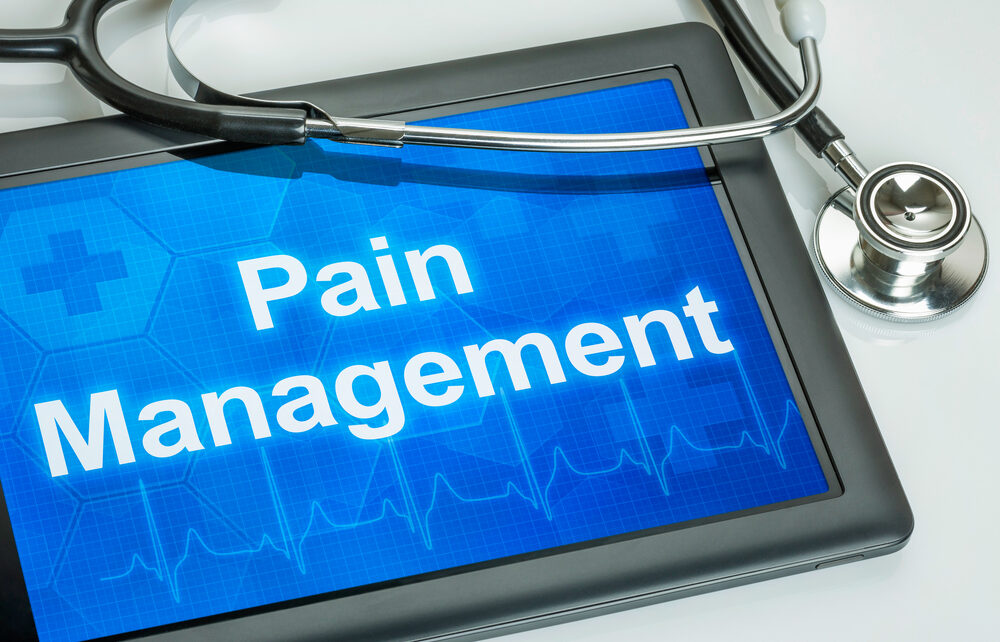It is no secret that America has an opioid problem. Opioid addiction is so severe that the National Institutes of Health (NIH) has called it a national crisis costing some $78 billion annually in health and social costs. A group of healthcare professionals has taken the problem the heart, developing a new set of 20 guidelines intended to prevent unsafe use of opioids among children and adolescents.
The guidelines, which were recently published in the JAMA Surgery journal, are the work of pediatric surgeon Dr. Lorraine Kelley-Quon and a team of healthcare providers and advocates. In developing the guidelines, Kelley-Quon cited CDC data suggesting that some 9% of American teens between the ages of 15 and 19 were given an opioid prescription in 2018.
It is clear that prescribing teenagers opioids is risky business. Indeed, it’s risky for adults as well. The question is whether or not the new guidelines will have any impact on doctors and their preponderance to prescribe opioids following surgeries and serious injuries. More importantly, will the new opioid guidelines lead to better pain management? We can only hope.
-
Opioids Mask the Pain
Opioids absolutely have a place at the pain management table. They do a marvelous job of masking the pain caused by everything from cancer treatment to surgery. But opioids are not the only treatment available. There are other treatments – some pharmacological and others non-pharmacological – that doctors can turn to. They do not have to automatically write an opioid prescription.
Unfortunately, one of the inherent weaknesses of opioids is that they don’t do anything for the underlying causes of pain. All they do is mask it. So if an opioid prescription is the only solution considered, patients run the risk of developing dependence by taking opioids for too long.
The good news is that many causes of severe pain are only temporary. For example, surgical pain almost always subsides over time. If there is another way to manage that pain without the use of opioids, patients can at least go into it knowing that their pain will only be temporary.
-
Treating Chronic Pain
More serious issues with opioids can occur when they are used to treat chronic pain. Someone suffering from chronic back pain, for example, may spend the rest of his life searching for relief. It would be unwise to prescribe opioids for that patient based on the chronic nature of his condition. So what would a doctor do?
The pain doctors at Lone Star Pain Medicine say there are plenty of options other than opioids. One possible option for chronic back pain is spinal cord stimulation. This is a non-pharmacological treatment that utilizes a small electronic device that blocks pain signals by generating electrical impulses.
Lone Star Pain Medicine also points to emerging regenerative medicine procedures like stem cell and platelet-rich plasma (PRP) injections. Though there is still much work to be done in studying regenerative medicine, pain doctors have seen good results from injection procedures utilizing autologous stem cells and PRP.
-
A New Way of Thinking
As for the professionals behind the new opioid guidelines, they are hoping their work will inspire a new way of thinking. The guidelines are based on three fundamental principles:
- Improved patient education
- Recognition of opioid misuse
- Acknowledgment of non-opioid alternatives.
All 20 guidelines fall into one of these three categories. It is hoped that doctors will coalesce around the guidelines the same way they have in relation to better antibiotic stewardship. Will the end result be better pain management therapies that do not create additional risks? Let’s hope so.





